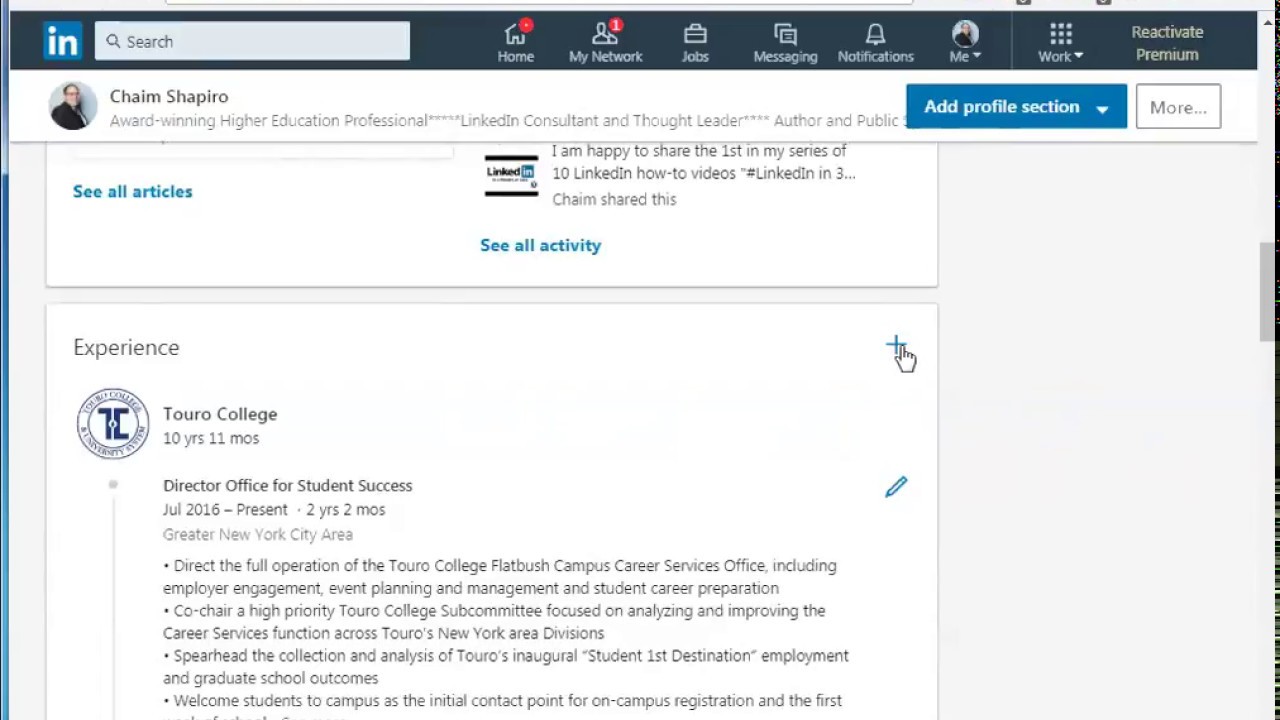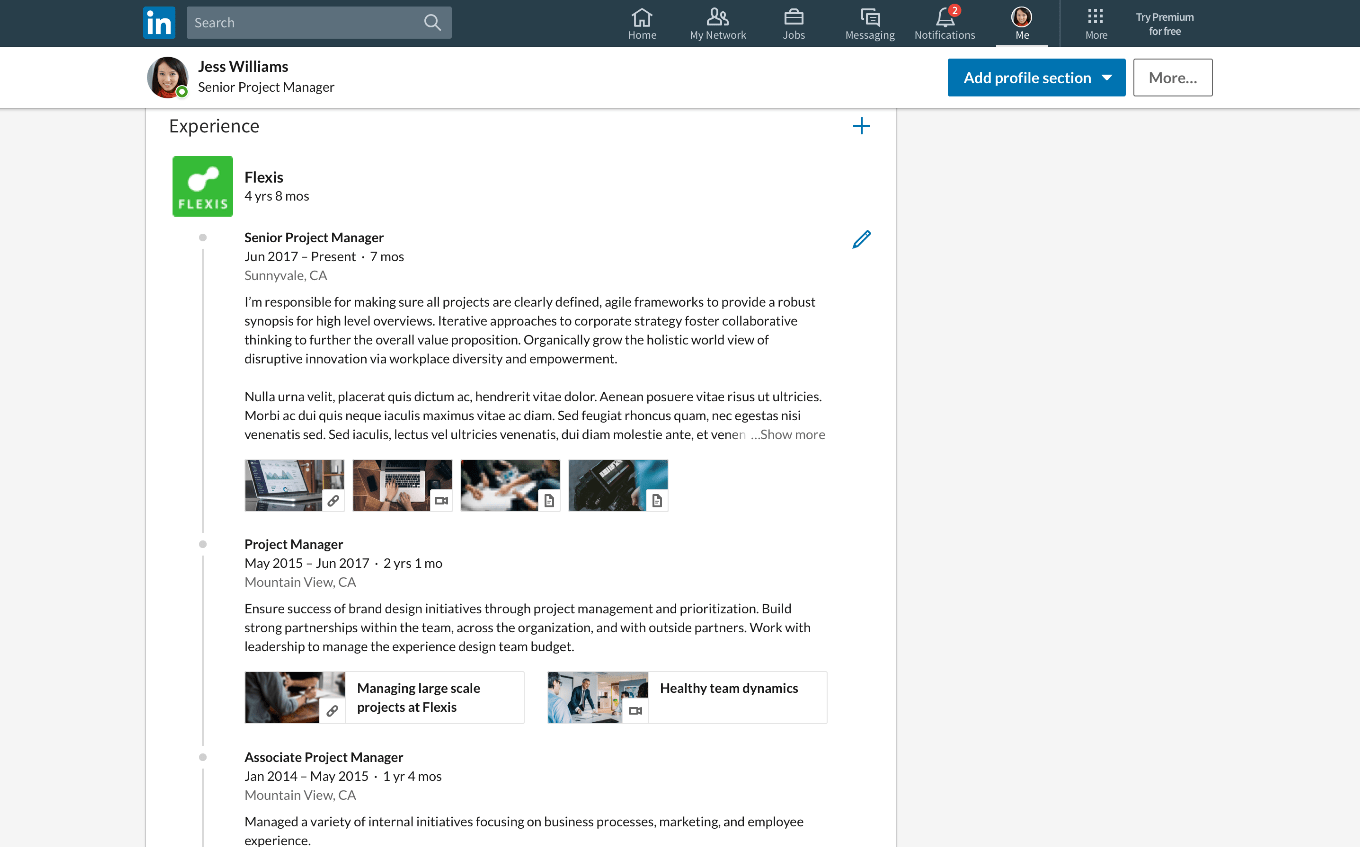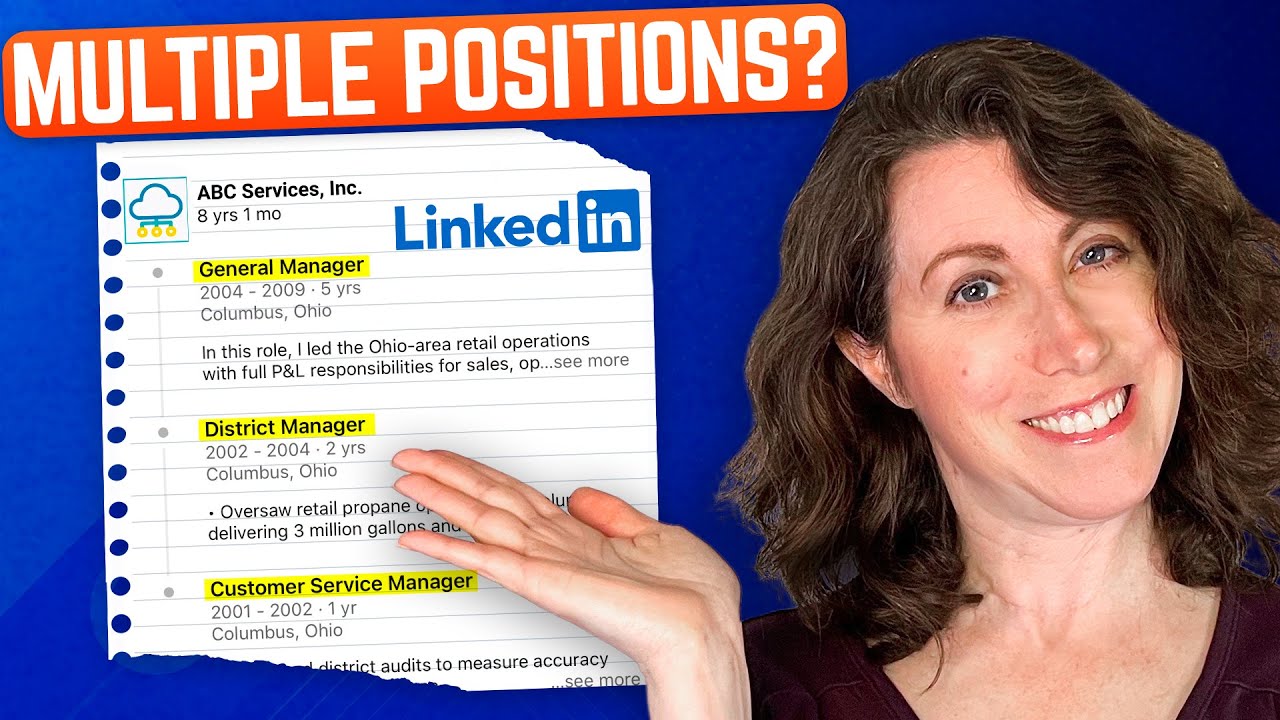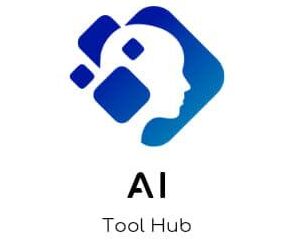Have you ever wondered how to connect your various job experiences on LinkedIn in a way that tells a cohesive story about your professional journey?

This image is property of i.ytimg.com.
Understanding LinkedIn Job Linking
LinkedIn is not just a platform for networking but a powerful tool for personal branding. By linking your jobs together effectively, you can showcase your career progression and make your profile more engaging. This can help you stand out to potential employers and clients. It’s about presenting your experiences in a way that flows logically, showing how each position adds value to your overall professional narrative.
Why Linking Jobs Matters
When you link jobs together on LinkedIn, you’re doing more than just listing your experiences. You’re creating a narrative that highlights your growth, skills, and adaptability. Imagine a hiring manager scrolling through your profile. What do you want them to notice? That you’ve consistently progressed in your field? Or that you’ve diversified your skills through various roles? Linking jobs helps convey this message succinctly and effectively.
LinkedIn’s Job Link Feature
LinkedIn offers functionality that allows you to connect your jobs. While you might think of the platform primarily for networking, its capabilities in showcasing your career can’t be overlooked. When you add a new job, you can reference previous roles, which helps to establish context for your current position.
Steps to Link Your Jobs Together
Let’s delve into the practical steps you can take to link your jobs together on LinkedIn smoothly. This will be your step-by-step guide to crafting an engaging LinkedIn job history.
Step 1: Access Your Profile
Head over to your LinkedIn dashboard. Click on your profile picture, then select the “View Profile” option. This is where all the magic happens; it’s your professional canvas.
Step 2: Add a New Position
When you want to add a new role, click the “Add profile section” button. From the dropdown menu, select “Experience.” Here you’ll find the option to add a new position.
Step 3: Fill in Your Details
As you fill out this section, be sure to include the job title, company name, employment type, and location. The description is where you summarize your key accomplishments and responsibilities.
Step 4: Link to Previous Roles
Here’s where things get interesting. Below your current position’s details, you’ll see an option that allows you to link to previous roles. You can select the role that best supports your current job narrative, enhancing the continuity of your career story.
| Current Position | Linked Position | Value Added to Your Narrative |
|---|---|---|
| Marketing Manager | Marketing Coordinator | Demonstrates growth in responsibility |
| Project Lead | Assistant Project Manager | Shows gradual increase in leadership skills |
| Sales Executive | Sales Associate | Highlights your journey in the sales field |
Step 5: Review and Publish
Before hitting the “Save” button, take a moment to review your entries. This is your opportunity to ensure that everything aligns with the professional image you’d like to project.
Step 6: Update Regularly
As your career evolves, so should your LinkedIn profile. Regularly updating your job roles and linking them accordingly ensures that your professional narrative remains current and relevant.

This image is property of theprofile.company.
Crafting Your Job Descriptions
Now that you know how to link positions, let’s discuss how to write effective job descriptions. Crafting compelling narratives in this section can further help in connecting your job experiences.
Tailor Each Description
Every job description should be tailored to your unique experience in that role. Use clear and concise language to convey your responsibilities and achievements. Even small roles can highlight valuable skills if presented thoughtfully.
Use Action Verbs
Start each bullet point with strong action verbs. This helps to demonstrate your active involvement and initiatives in each role. Words like “Developed,” “Managed,” and “Led” can make a significant impact.
| Example Job Description | Action Verb | Result Achieved |
|---|---|---|
| Assisted in project coordination | Assisted | Successful project completion |
| Created marketing campaigns | Created | Increased client engagement |
| Streamlined communication | Streamlined | Improved team collaboration |
Highlight Achievements
When describing your roles, focus on what you achieved. Quantify your accomplishments where possible—numbers create a more compelling case.
Maintain a Consistent Tone
Consistency is key. Make sure the tone and style of each job description feel cohesive. This will help communicate your brand effectively throughout your profile.
Leveraging LinkedIn for Networking
Linking jobs isn’t just about historical context; it can also enhance your networking efforts on LinkedIn. By showing how your roles connect through skill accumulation, you can present yourself as a well-rounded candidate.
Connecting with Colleagues
Reach out to former colleagues and supervisors from each linked job. They can provide endorsements or recommendations, which can significantly bolster your profile’s credibility.
Joining Groups Related to Your Experience
Look for LinkedIn groups that correlate with your professional experience. Participating in discussions can offer networking opportunities, potentially leading to job prospects or collaborations.

This image is property of i.ytimg.com.
The Role of Recommendations
While linking your jobs is crucial, recommendations play an equally vital role. When someone endorses your work ethic, skills, or contributions in a specific role, it enhances your profile’s authority.
Requesting Recommendations
Don’t hesitate to reach out to former supervisors or colleagues. Politely request a recommendation that reflects your time working together. Specify which aspects they might want to highlight, making it easier for them and ensuring their feedback aligns with your professional narrative.
Display Your Recommendations
Recommendations should be showcased prominently on your profile. They validate your experiences and provide real-world evidence of your capabilities, making your job history even more compelling.
The Benefits of a Cohesive Job History
Creating a cohesive representation of your job history can significantly impact your LinkedIn profile. There are many advantages to linking jobs well.
Clarity in Career Progression
By clearly linking jobs, viewers will quickly understand your career trajectory. This can lead to opportunities where hiring managers appreciate your logical progression and see the value in your diverse experiences.
Increased Visibility
A well-structured profile, complete with linked jobs and effective descriptions, can improve your visibility in LinkedIn searches. This can lead to more connection requests and job opportunities from recruiters.
Establishment of Expertise
A cohesive job history can position you as an expert in your field. By demonstrating your growth in various roles, you provide insight into your dedication to personal and professional development.
This image is property of codahosted.io.
Conclusion: Telling Your Story
By linking your jobs together on LinkedIn, you’re effectively telling a story. It’s a narrative that outlines your professional journey, your motivations, and your skills. This format not only makes it easier for others to understand who you are but also enhances your chances of success in networking and job searching.
As you grow and your career evolves, keep your LinkedIn profile updated. Use it as a living document that reflects your current self while narrating your past experiences. Invest time in this crucial aspect of your professional branding; it can open doors to opportunities you may not have otherwise found.
Additional Tips for Optimizing Your LinkedIn Profile
As you work on linking your jobs together, consider these additional tips to improve your LinkedIn presence further.
Professional Photo
A professional-looking photo is essential. It’s typically the first thing viewers notice. Dress appropriately, use good lighting, and select a plain background to make the best impression.
Engaging Headline
Your headline on LinkedIn should be more than just your job title. Describe what you do or your career ambitions in a few succinct words. This allows you to stand out and communicate your brand immediately.
Regular Engagement
Make it a habit to engage with your network regularly. Share articles, post updates about your professional life, and engage with others’ content. This keeps your profile active and can lead to increased visibility.
Consider LinkedIn Premium
If you’re serious about maximizing your LinkedIn experience, the Premium version offers features that can enhance your visibility and connection possibilities.
In conclusion, linking jobs effectively is all about crafting a narrative that speaks to your experience and growth. With attention to detail and a focus on maintaining a cohesive story, you can create a standout LinkedIn profile that reflects your professional journey and aspirations. So, get started on reshaping your LinkedIn presence today!



